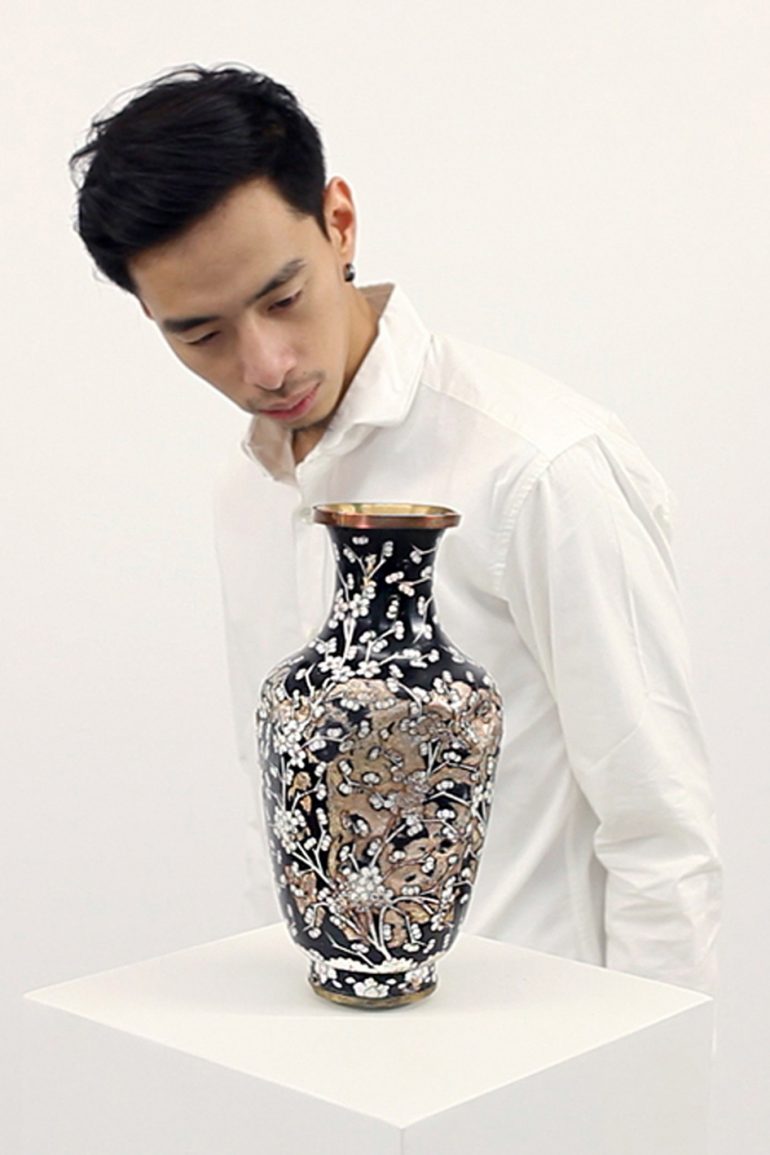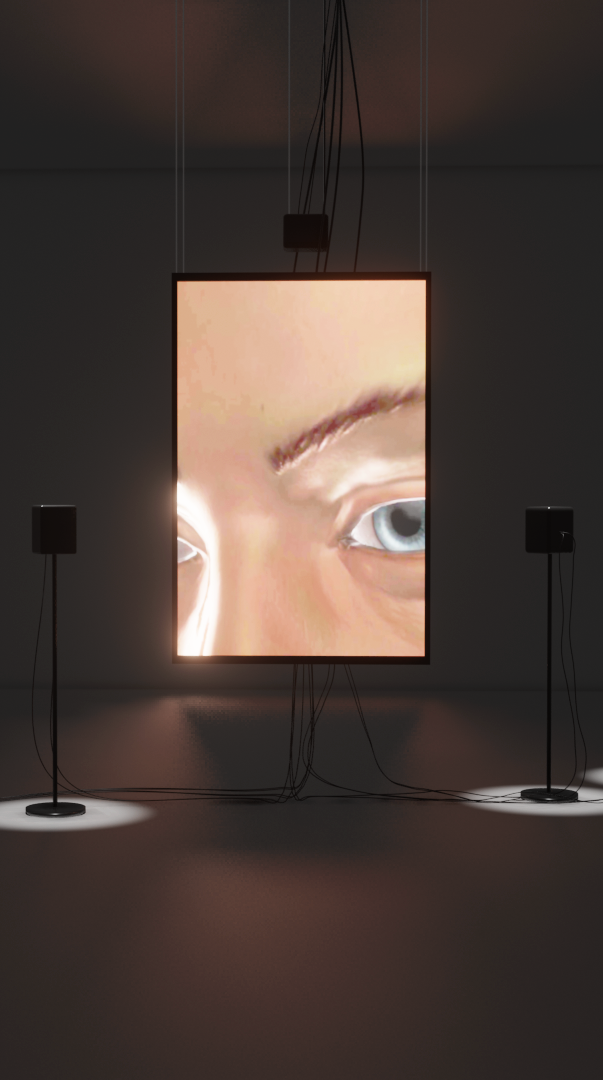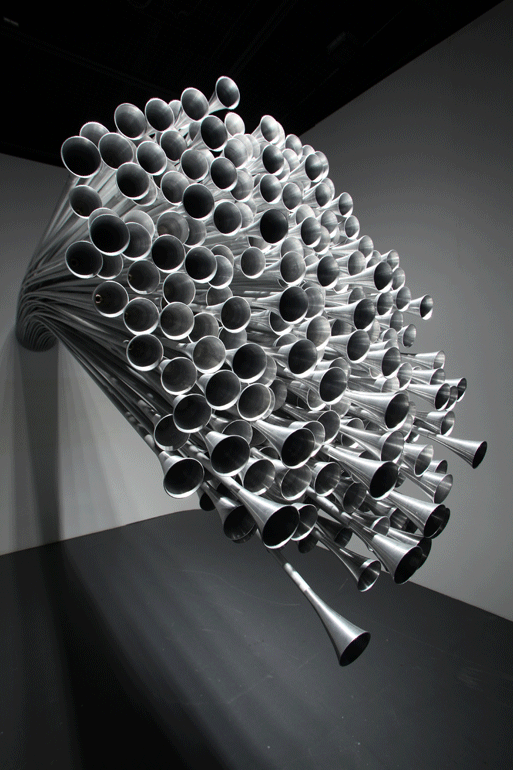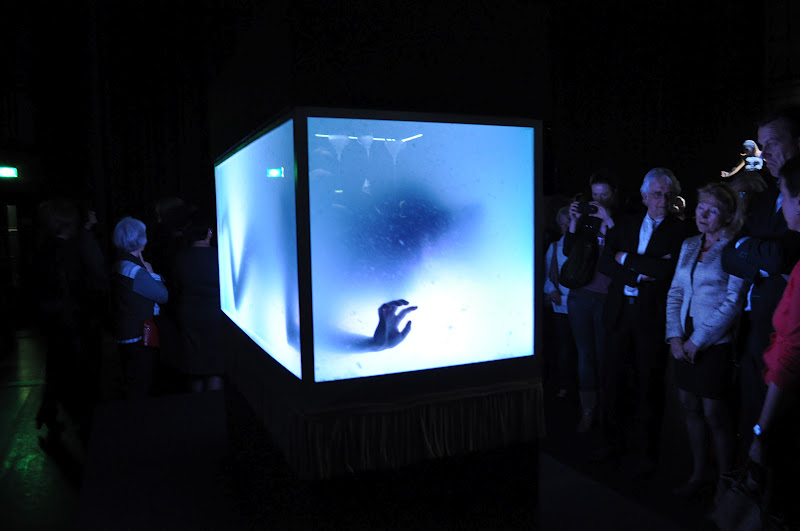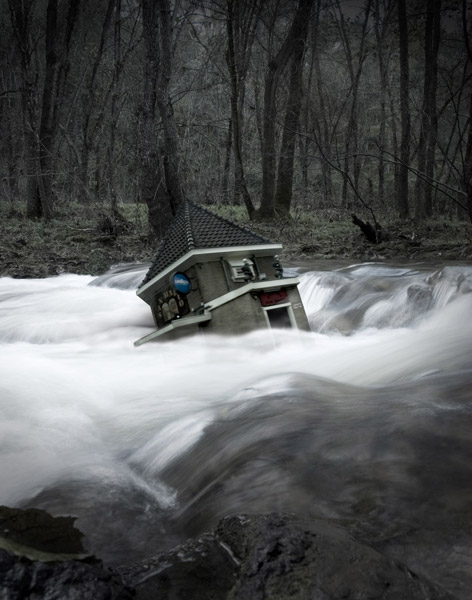
D.W. Griffith
Intolerance: Love’s Struggle Throughout the Ages
Regarded as one of the most influential films of the silent era (though it received mixed reviews at the time), the three-and-a-half-hour epic intercuts four parallel storylines, each separated by several centuries: (1) a contemporary melodrama of crime and redemption, (2) a Judean story: Christ‘s mission and death, (3) a French story: the events surrounding the St. Bartholomew’s Day massacre of 1572, and (4) a Babylonian story: the fall of the Babylonian Empire to Persia in 539 BC. Each story had its own distinctive color tint in the original print, but not in the currently available versions.
cinema full
